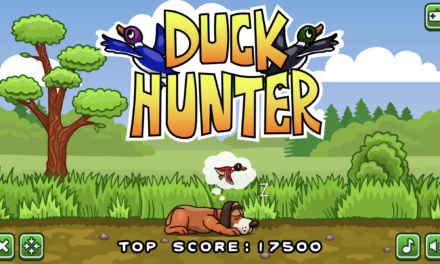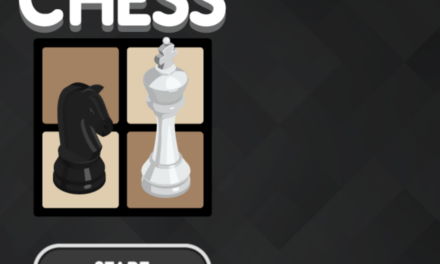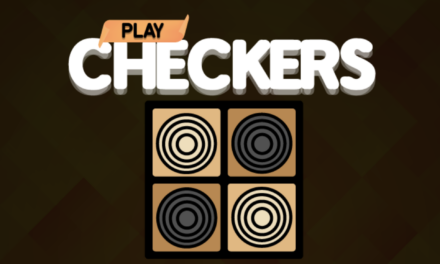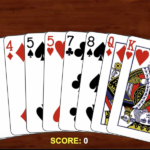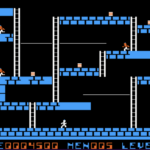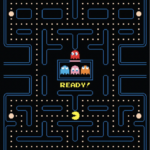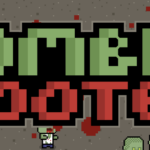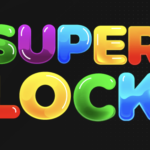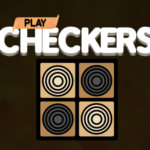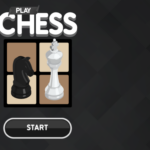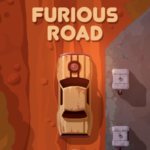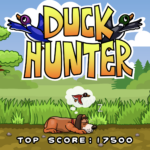Minesweeper may look deceptively simple, with its grid of covered tiles, but beneath its unassuming exterior lies a game of careful strategy and logic. For many, Minesweeper was the quintessential pre-installed PC game, providing hours of entertainment and — for the devoted few — an endless quest to refine their skills. This intricate game, part luck, part skill, has captured the attention of both casual and competitive players worldwide.
In this comprehensive guide, we’ll take you through the basics of Minesweeper and equip you with strategies that range from the instant gratification of clearing your first minefield to the advanced tactics needed to shave seconds off your personal best. If you’re ready to venture into the world of unpredictable patterns and high-stakes guesses, this article is your map and compass to Minesweeper mastery.
Understanding the Game
Minesweeper is a single-player puzzle game that dates back to the 1960s, but it gained worldwide popularity after being introduced with Windows 3.1 in 1992. The objective is simple yet engaging; to clear the minefield without detonating a single mine. Each square of the grid contains a hidden number or mine, which you must uncover or ‘flag’ using logical deduction.
The Rules and Objectives
- A grid contains hidden mines and clear squares. The goal is to flag all the mines without detonating any.
- If you click on a mine, you lose. However, if you click on a clear square, it will either have a number on it, indicating how many mines are adjacent to it, or it will reveal a large ‘open zone’ with no mines close.
- The numbers provide crucial hints. If a square says ‘1,’ for instance, it means one of the adjacent squares has a mine, and so on.
Basic Strategies for Beginners
Newcomers should start slow and steady. Don’t worry about the clock just yet. First, understand the game mechanics:
- Begin at the corners or edges of the grid; they generally have fewer adjacent squares.
- Work your way through to find areas where you can be sure there are no mines, usually by identifying numbers with all adjacent squares accounted for.
- Right-click (or use another method that flags the square) on any square you believe hides a mine. This helps you to mentally mark dangerous spots.
Gameplay Tips
Navigating a minefield can be arduous even when you know the location of every mine. These tips can help you manage the risk and keep a cool head.
Revealing Safe Squares
- Uncovering squares is safe when you already know a mine’s location, or when flagged mines in adjacent squares are counted.
- Utilize the ‘chording’ technique to quickly reveal safe squares. This involves clicking on a numbered square that already has that number of flags around it. It will automatically clear the non-flagged adjacent squares, saving you time.
Handling Flags Effectively
- Only flag a mine when you are sure about its location. Hasty flagging can leave you short when you need to foreshadow a mine to continue solving the puzzle.
- Keep a mental note of where you flag mines. If you mark them incorrectly, it could lead to a missed mine when trying to solve the adjacent squares.
Dealing with Uncertainty
- Sometimes, logic alone won’t suffice, and a leap of faith is necessary. Identify the least risky move and take it, but remain cautious.
- Use the process of elimination. If you’re stuck with two squares and need to decide which to clear, consider which is most likely given the current state of the game.
Advanced Strategies
As you gain confidence, you’ll notice that Minesweeper follows a few consistent patterns you can use to your advantage.
Patterns and Logic for Faster Solving
- ‘The Ones’ are your best friends. Use them to carve out a path through the minefield.
- Learn ‘The Rule of Recursives,’ which involves reasoning where a next ‘1’ may lead to a safe pattern around it.
Minesweeper Variants and Challenges
- Explore different grid sizes and mine densities to increase the challenge. Many Minesweeper enthusiasts play with huge grids and hundreds of mines.
- Check out online websites for new Minesweeper versions with additional features, such as different themes and obstacles.
Improving Skills
To truly master Minesweeper, you’ll need to dedicate time to polish your strategy and hone your skills.
Practice Techniques and Resources
- Use beginner practice grids to focus on the most efficient methodology to clear a minefield.
- There are online communities and forums dedicated to Minesweeper, often providing user-generated tips and sharing personal bests.
Competing in Online Communities
- Participate in tournaments and leaderboards to gauge your skill level against Minesweeper aficionados globally.
- Collaborate with other players to understand new strategies and hear about their experiences with the game.
Conclusion
Playing Minesweeper isn’t just about chance. It’s about developing a keen eye for patterns, a mind for logic, and a heart for adventure. Every click could be your last — and that’s the heart-pounding appeal that has kept players coming back for more.


